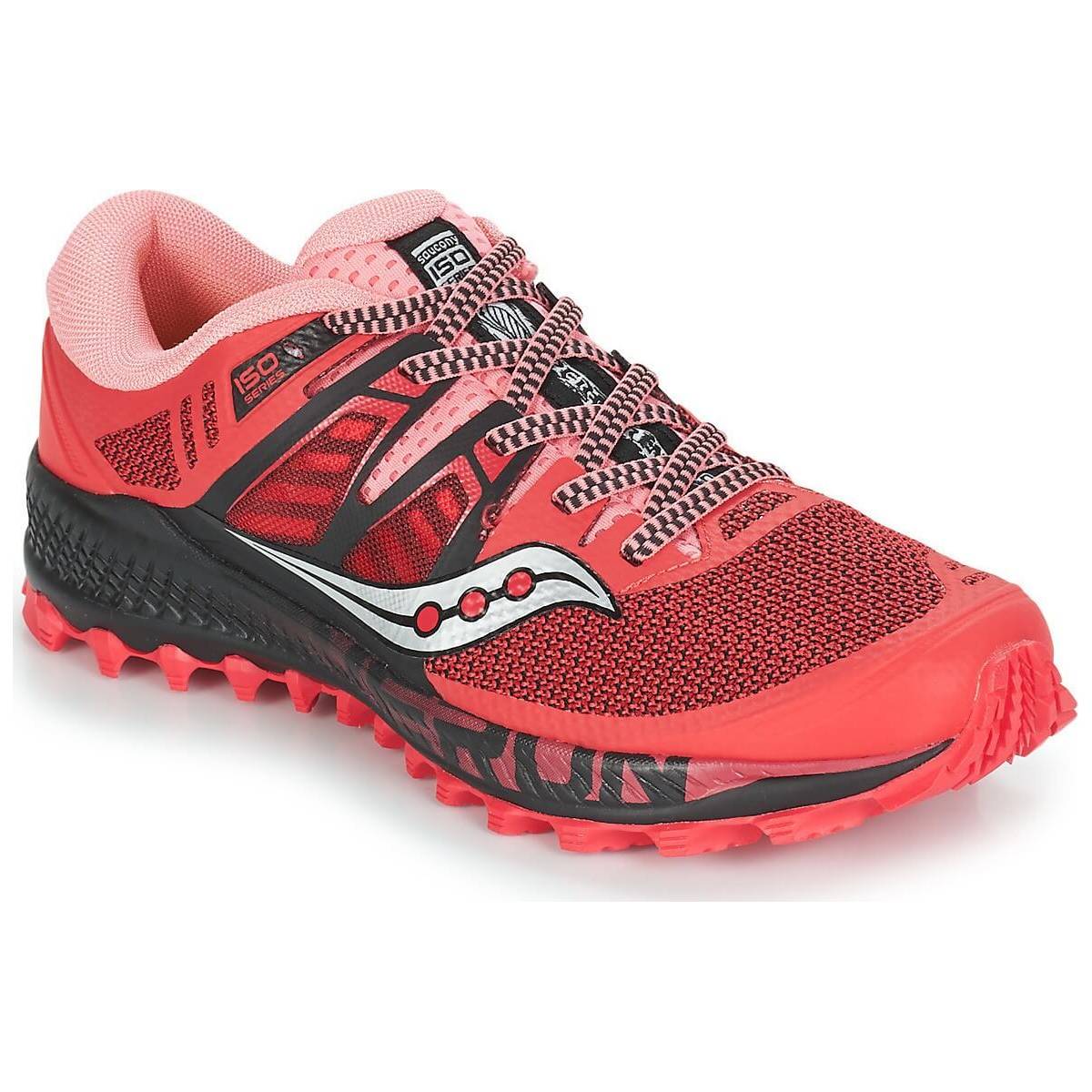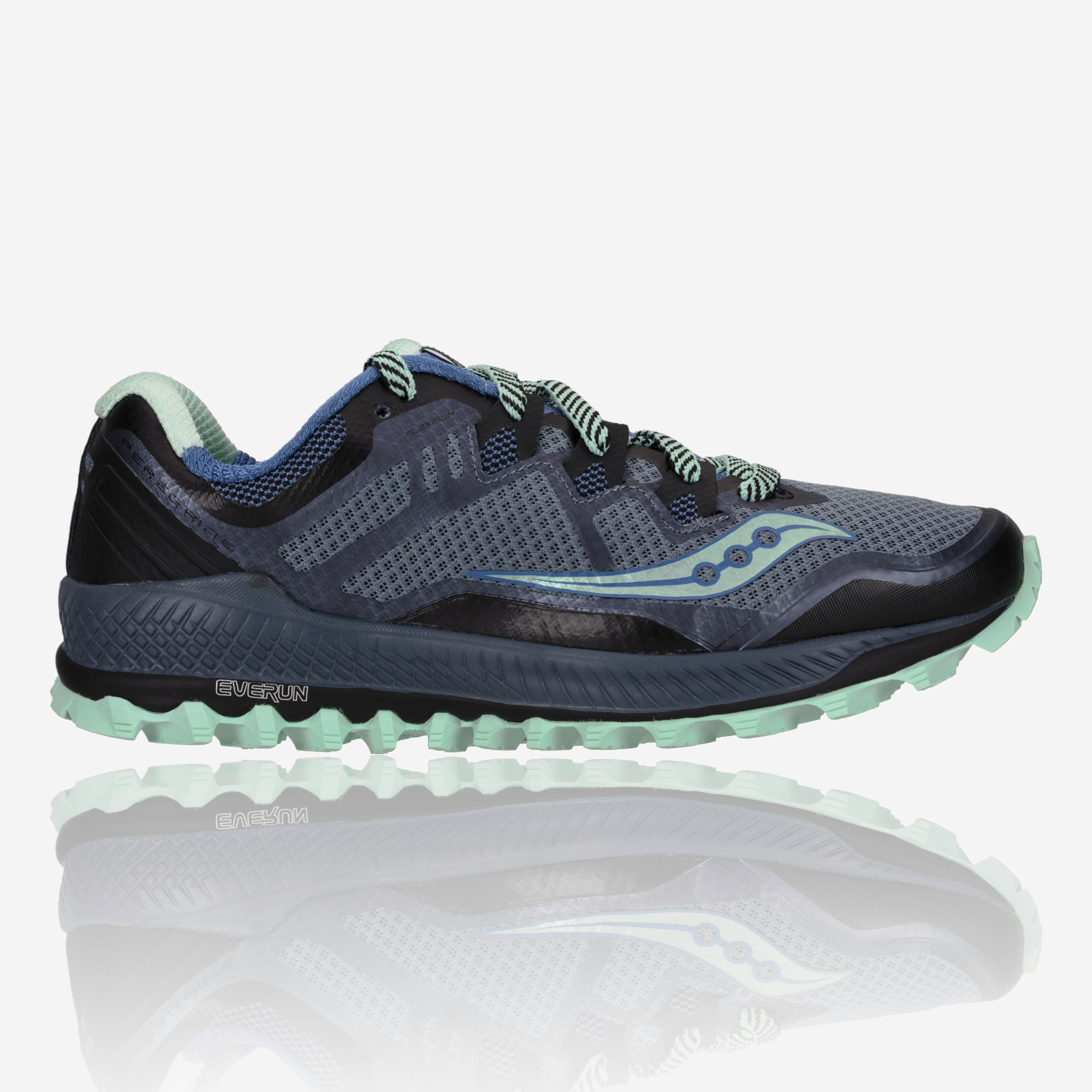
#SAUCONY PEREGRIN ISO#
Jeff B : My Peregrine history splits the difference between Jeff and Renee - I reviewed and enjoyed the ISO (9) and the 10. Does that mean runners who dislike heavy shoes should now consider the Peregrine line? Maybe.

However, for quality trail shoes, overall weight can be misleading. V., I have no history with the Peregrine line of shoes, and I likely avoided buying and running them because of the weight. In addition to the Peregrine 11, we’ll be adding to this review the Gore Tex version, as well as the ST version with its deeper lugs for softer terrain. The Peregrine 11 carries over the same midsole and outsole as the 10, though with a newly refined upper.

The Peregrine 10, where, despite being similar weight and with 2mm more stack, felt more streamlined, to the point where the Peregrine had returned to its more speedy performance roots with vast improvements throughout. Versions 8 and ISO (technically the 9 I guess?) were in my opinion, completely different shoes and only really shared a name and perhaps tread with its predecessors, as they seemed to gain weight/bulk and cushion, making them good all terrain cruisers, but not no longer really an all mountain racer. Version 7 was more padded in the heel and slightly more flexible/forgiving, but the upper was a little less secure. Version 6 was much better, but still required about 50 miles of break in to manage the heel rub issues. However, I did not like that versions 4 and 5 were stiff as a 2x4 underfoot and caused me extensive heel blistering that I just could not manage or mitigate. I liked that they were light, low and stable, with a minimal, yet secure upper and had excellent traction.

Jeff V: I have a long history with the Peregrine dating back to version 4. Article by Jeff Valliere, Renee Krusemark, John Tribbia, and Jeff Beck


 0 kommentar(er)
0 kommentar(er)
